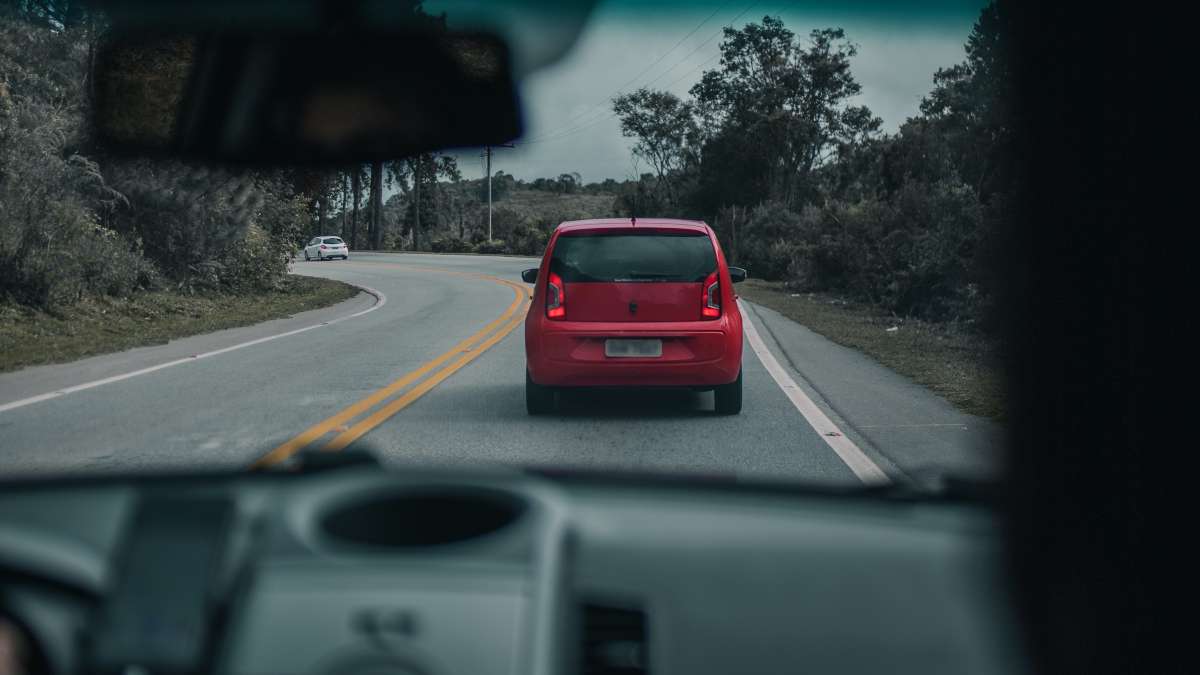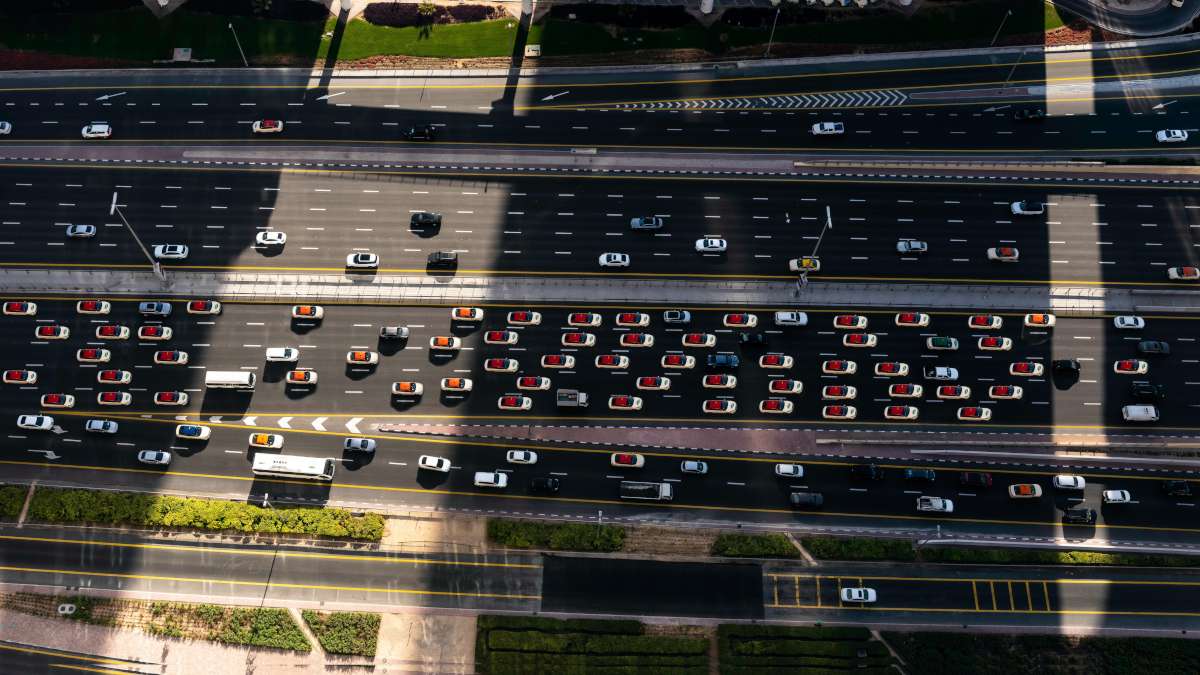
If you’re a fleet manager or fleet owner, you surely know that ensuring fleet, driver and passenger safety is one of the most important operations in your business. Fleet safety begins with seat belt safety and one small yet important action; make sure your drivers fasten their seat belts, as soon as they enter their vehicle.
Seat belts save lives
Indeed! Wearing a seat belt is the most effective action you can take to protect yourself, if you’re involved in a car crash — we hope not. According to an estimation by the US Department of Transportation in 2017, 14,955 lives were saved because they were using seat belts. According to the same research, 47% of the 37,133 people who were killed in 2017 due to vehicle crashes, were not using seat belts.
As we can understand from these statistics, buckling up makes a huge difference in saving a life. Especially, in case of an accident. Thankfully, the use rate of seat belts during 2019 was at 90,7%; an encouraging percentage, which nevertheless has to be improved even more.
Legal and other consequences
Apart from injuries and fatalities, not wearing seat belts can cause other, less important problems, as compared to our health. If a driver gets pulled over by the police and they’re not buckled up, they will get a ticket for that. The amount of the fine varies among different States; but someone can get a fine for not wearing a seat belt, across the US.
Moreover, in some States, if someone gets involved in a crash and is found that they were not wearing a seat belt at that specific time, this might have a huge impact on their insurance rates and the amount of reimbursement money to the other driver. Especially, if their customer is held accountable for the crash. The same goes for the reimbursement amount, even if the fault is on the other driver’s account.
However, the most important thing to know here is that insurance companies may not fully cover — or not cover at all — medical medical bills. At least, not when someone was found to not be wearing their seat belt. As a result, if they need extensive treatment they might end up paying a very large medical bill, on their own.
Seat belt safety: usage tips
Many believe that air bags are enough to save them, which is, for sure, a false assumption. Seat belt safety might be even more important. In fact, not only the air bag alone isn’t nearly enough to save a life; but it could also heavily injure or even send someone to their demise, if they bumped against it too abruptly. Please, remember that airbags are designed to work in concert with seat belts; not replace them.
Some other important tips, in order to maximize seat belt safety, ensure everyone is wearing it properly; and not placing the shoulder belt under their arm or behind their back. That’s not seat belt safety! It’s a disaster. Additionally, for lap belts, it is important to avoid placing them directly over your belly.
Many people will not regard this as significant. But, when deciding to buy a vehicle, you need to make sure that you or whoever will drive it will feel comfortable with its seat belts. And that they fit well in the seat and behind their seat belt when they buckle up. Otherwise, they might not wear them. And, where is seat belt safety in that?
Fleet safety and organizational culture
As you can understand, ensuring that your drivers are familiar with all the safety procedures has to be within your duties — and standard operations — as a fleet owner or fleet manager. Apart from establishing and ensuring they conform to seat belt safety measures, there are many different actions you can take to improve your fleet safety.
Such actions include hiring good drivers and educating them on how to handle vehicle accidents; and how to drive responsibly, in order to avoid them. Another thing you can do is logging your drivers’ trips. That is, to keep track of all the small behavioral details that make a difference.
Overall, you should make sure that everyone who is working with your fleet prioritizes safety above all other aspects of work. And that goes from seat belt safety to driving responsibly and complying to any other safety procedures of the organization.
Veturilo and fleet safety
Veturilo can help you improve the safety of your fleet. That’s by providing you very useful feedback, thanks to our OBDII device. Specifically, apart from knowing vehicle locations, you have access to features like when your drivers started or ended their trips; and notifications about possible malfunctions of your vehicles. Or even the behavior of your drivers, during the trips they made.
Want to see how it works?


